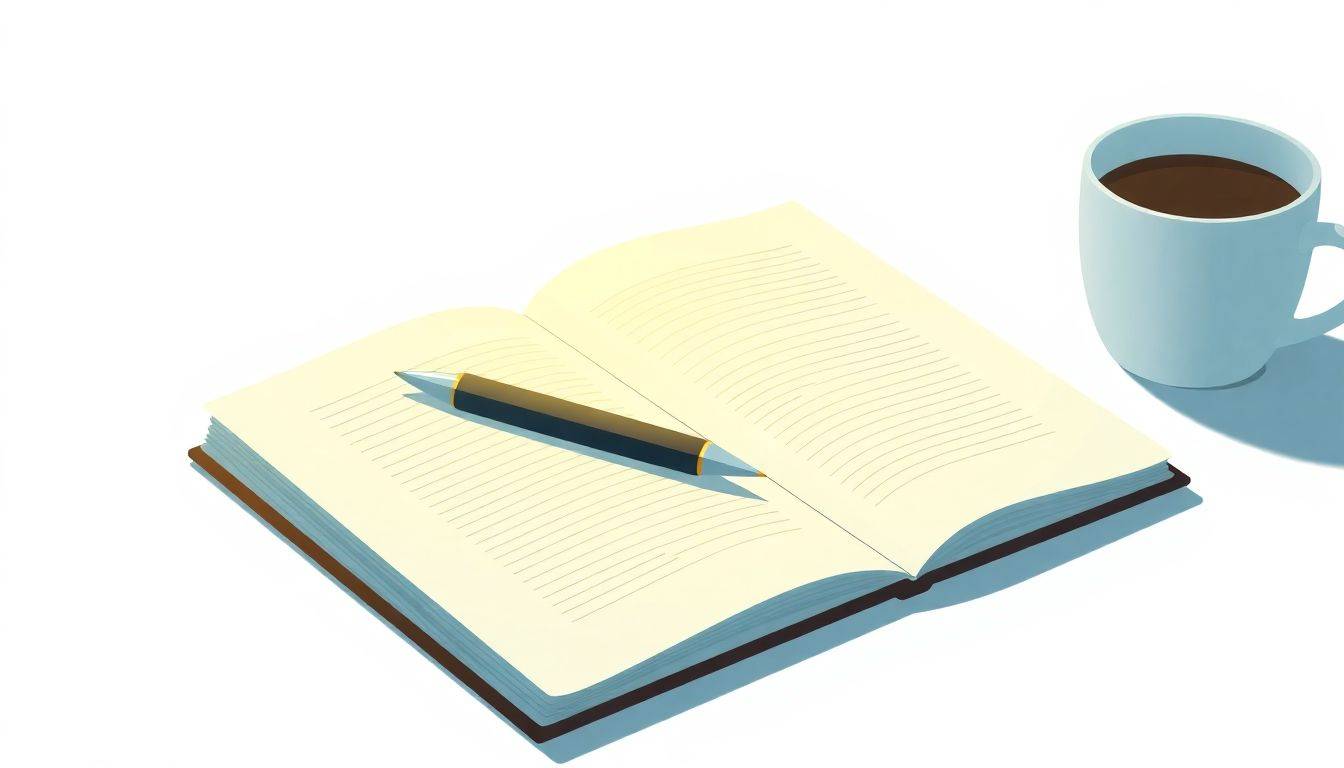Writing funding proposals can be a real headache, right? It’s tough to know where to start, and the pressure to make yours stand out is huge.
Don’t worry, I’ve got your back. Stick around, and I’ll share some tips and tricks to help you craft a winning proposal that grabs attention.
From effective planning to understanding key elements and polishing your writing, let’s dive into making your proposal shine.
Key Takeaways
- Research potential funders thoroughly and tailor your proposal to match their priorities and goals.
- Define the problem you aim to solve, provide evidence or data, and set clear, measurable objectives.
- Include key components: a compelling cover letter, an executive summary, a detailed statement of need, and a specific plan of action.
- Write clearly and concisely, avoid jargon, use headings and bullet points, keep sentences short, and prefer active voice.
- Edit and review your proposal carefully, check for errors, ensure coherence, follow funder guidelines, and double-check your budget.
- Conclude with a strong call to action, summarizing key points, expressing gratitude, and encouraging the funder to support your project.

1. Write a Winning Funding Proposal
Securing funding for your project isn’t always easy, but crafting a compelling proposal can significantly boost your chances. A winning funding proposal clearly communicates your project’s value and aligns with the funder’s priorities.
Start by researching potential funders thoroughly. Understand their mission, goals, and the types of projects they typically support. This way, you can tailor your proposal to resonate with what they’re looking for.
Keep in mind that competition is fierce. For instance, the European Research Council received 3,121 applications for Consolidator Grants in 2025, marking a 35% increase from the previous call. This means your proposal needs to stand out by clearly highlighting how your project addresses a real need.
Above all, be authentic and passionate about your project. Let your enthusiasm shine through, and don’t be afraid to share what makes your work unique.
2. Plan Your Proposal Effectively
Before putting pen to paper, take the time to plan your proposal carefully. A well-structured plan ensures you cover all the essential elements and present your ideas clearly.
Begin by defining the problem you’re addressing. What issue does your project aim to solve? Provide evidence and data to illustrate the need for your project.
Next, set clear, measurable objectives. Funders want to see that you have specific goals and a realistic plan to achieve them. Outline the steps you’ll take and the strategies you’ll employ.
Don’t forget to consider your audience. If you’re looking for inspiration on engaging ways to present your ideas, you might find these winter writing prompts helpful.
Finally, draft a detailed budget. Be transparent about how you’ll use the funds and ensure your costs are reasonable and justified.
3. Understand Key Elements of a Grant Proposal
A strong grant proposal typically includes several key components. Understanding these elements will help you craft a proposal that covers all the bases.
Firstly, create a compelling cover letter. This is your chance to make a good first impression by briefly introducing your project and explaining why it matters.
Then, write an executive summary. This section provides an overview of your entire proposal, including the problem you’re addressing, your objectives, and the expected outcomes.
The statement of need is crucial. Here, you’ll dive deeper into the problem and present data or research that supports the necessity of your project. For example, showcasing the demand for accessible educational resources, like learning how to write a book on Google Docs, can strengthen your argument.
Detailing your methods and strategies comes next. Explain how you plan to achieve your objectives, including any methodologies or tools you’ll use. Be specific to demonstrate that you’ve thoughtfully planned your approach.
By thoroughly covering these elements, you’ll present a comprehensive proposal that funders can easily understand and appreciate.

4. Follow Best Practices for Clear Writing
Writing a funding proposal is more than just presenting facts; it’s about telling a compelling story. To engage your readers, ensure your writing is clear, concise, and free of jargon. Remember, the funders might not be experts in your field, so aim to make your proposal accessible.
Start by organizing your thoughts logically. Use headings and subheadings to break up the text, and consider using bullet points or numbered lists for complex information. This not only makes your proposal easier to read but also helps highlight key points.
Clarity is especially important given the competitive nature of funding opportunities. For example, the National Science Foundation (NSF) is expected to evaluate approximately 46,500 proposals in FY 2024, but only about 27% of competitive awards are funded. This means your proposal needs to stand out, and clear writing can make a significant difference.
Avoid lengthy sentences. Instead, opt for short, direct sentences that convey your message effectively. For instance, rather than saying, “In order to facilitate understanding among diverse stakeholders, we have developed a comprehensive communication strategy,” you might say, “We created a clear communication plan to keep everyone informed.”
Use active voice whenever possible. Active sentences are usually more engaging and easier to understand. Compare “The project will be managed by our team” to “Our team will manage the project.”
If you’re unsure about your writing style, you might find it helpful to explore resources on how to write in present tense. Writing in a consistent tense can make your proposal more cohesive and professional.
Lastly, don’t underestimate the power of storytelling. Share real-life examples or anecdotes that illustrate the impact of your project. This can help funders connect with your proposal on a personal level.
5. Edit and Review Your Proposal Thoroughly
Once you’ve drafted your proposal, take the time to edit and review it carefully. A polished proposal reflects professionalism and attention to detail, which can set you apart from the competition.
Given that organizations like the National Institutes of Health (NIH) have a success rate of around 20%, every aspect of your proposal counts. A small mistake could be the difference between success and rejection.
Begin by checking for clarity and coherence. Ensure that your ideas flow logically from one section to the next. If possible, ask a colleague or friend to read your proposal and provide feedback. They might catch areas that are unclear or need more explanation.
Pay close attention to grammar and spelling. Errors can distract from your message and give a negative impression. Consider using tools like grammar checkers or consulting resources on the best word processors for writers to help you spot mistakes.
Be mindful of the proposal guidelines provided by the funder. Make sure you’ve met all the requirements, including formatting, word counts, and any specific questions that need to be addressed. Submitting a proposal that doesn’t adhere to the guidelines can lead to immediate rejection.
It’s also helpful to revisit your budget section. Double-check the figures and ensure that all costs are accounted for and justified. An accurate budget demonstrates your project’s feasibility and your ability to manage funds responsibly.
Remember, the more time you spend refining your proposal, the stronger it will be. Think of it as an investment in your project’s future success.
6. Conclude with a Strong Call to Action
Your conclusion is your final opportunity to make an impression on the funder. Summarize the key points of your proposal and reinforce the importance of your project. A strong call to action encourages the funder to take the next step and support your initiative.
Express gratitude for the funder’s time and consideration. Let them know that you’re eager to discuss your proposal further or provide additional information if needed.
For example, you might write, “We appreciate your thoughtful consideration of our proposal. We are confident that our project will make a meaningful impact, and we welcome the opportunity to discuss how we can work together to achieve these goals.”
Given the competitive nature of grants—like the 3,121 applications submitted for the European Research Council’s Consolidator Grants in 2025—you want to leave a lasting impression. Ending with a strong call to action can make your proposal more memorable.
If you’re seeking inspiration on how to craft compelling conclusions, you might find it useful to learn from examples in different contexts, such as exploring how to write a foreword for a book. While a different genre, the principles of leaving a lasting impression are similar.
Remember, your goal is to leave the funder feeling enthusiastic about your project and confident in your ability to execute it successfully.
FAQs
Start by thoroughly researching the funding agency’s guidelines and priorities. Understand their objectives to align your proposal accordingly. Develop a clear outline, define your goals, and gather supporting data to build a compelling case for your project.
Essential elements include an executive summary, introduction, problem statement, objectives, methodology, budget, and evaluation plan. Each section should clearly articulate how your project addresses the funder’s goals and the impact it will achieve.
Use clear, concise language and avoid jargon. Organize your content logically with headings and subheadings. Write in active voice and keep sentences and paragraphs short to enhance readability and maintain the reader’s interest.
Editing refines your proposal, ensuring clarity and professionalism. Thorough review helps eliminate errors, improve flow, and strengthen arguments. A polished proposal demonstrates your attention to detail and increases the chances of securing funding.
